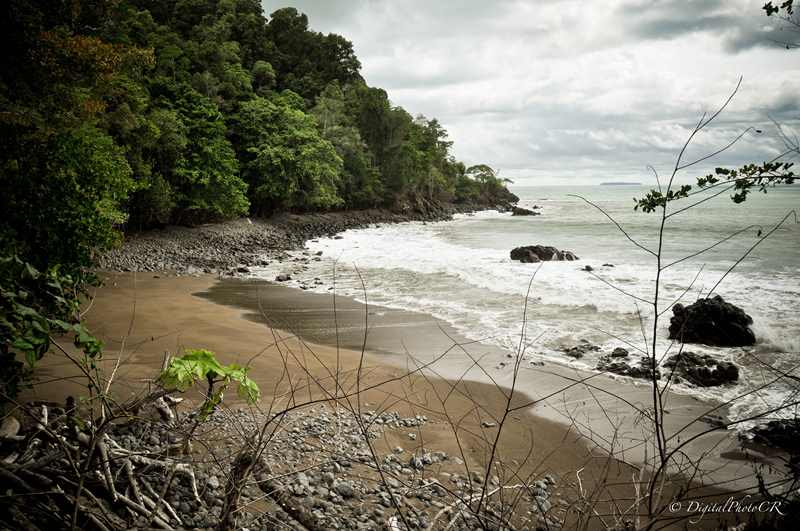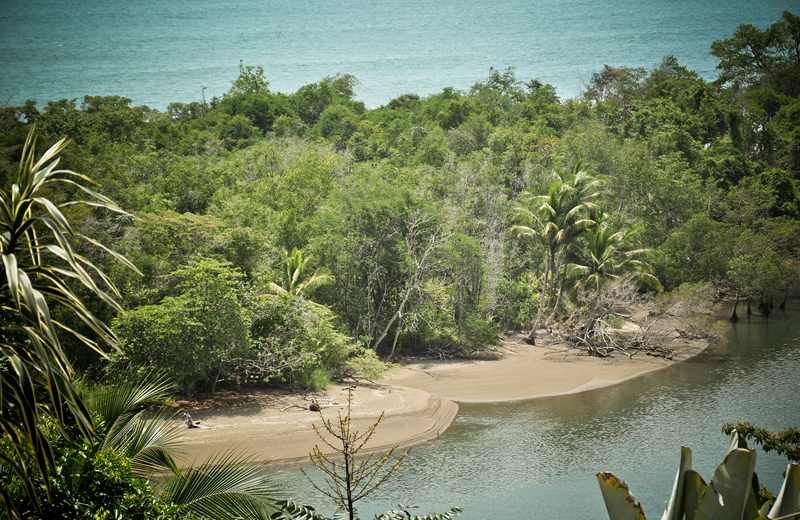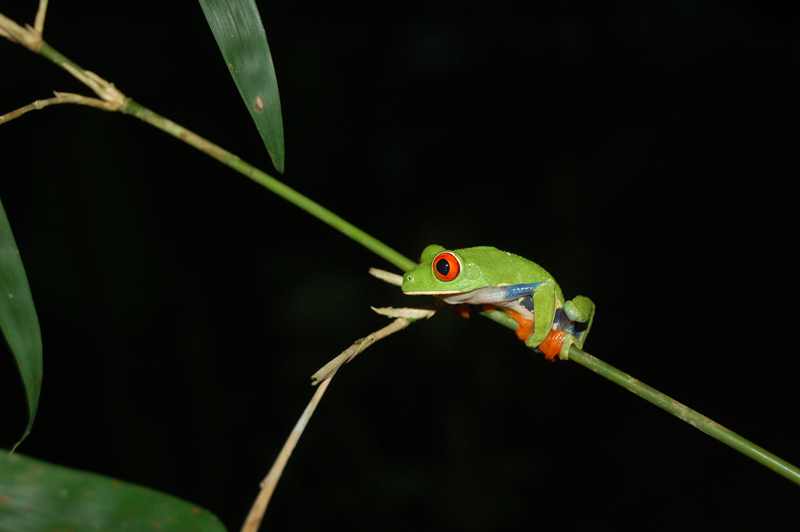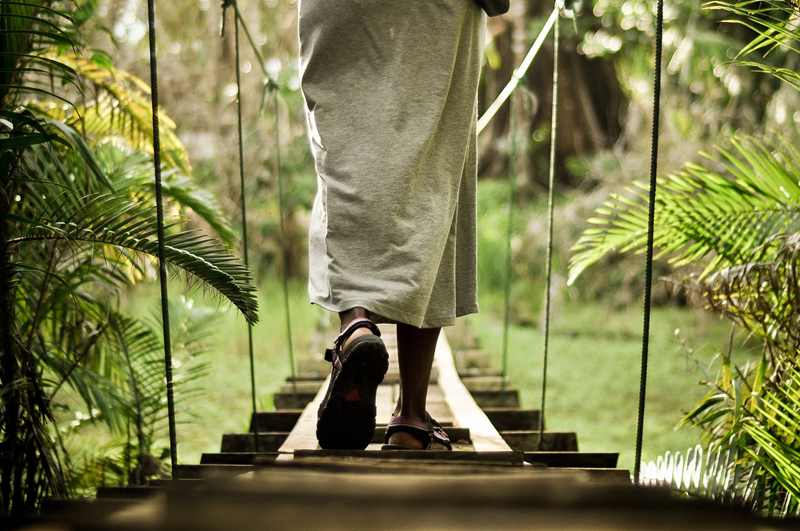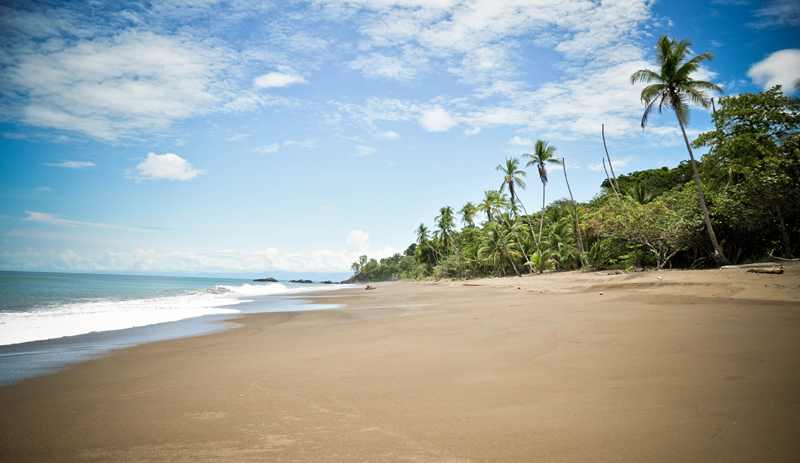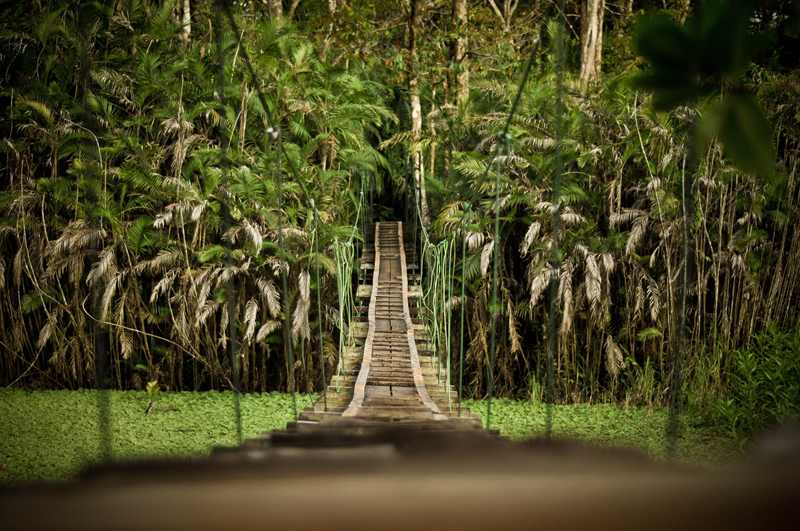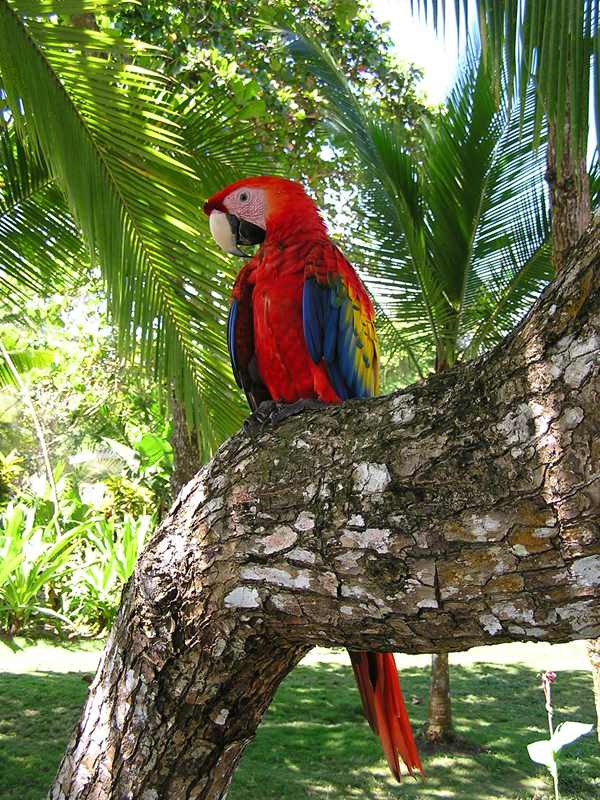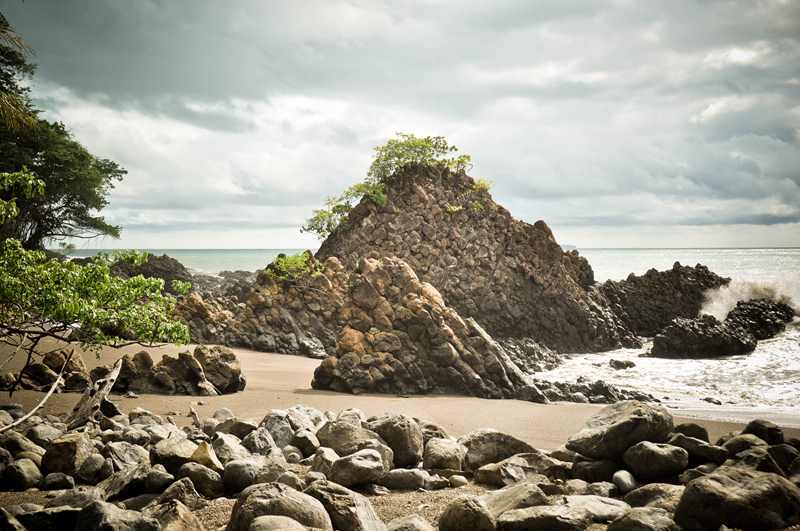
Corcovado : your technicolor dream of Costa Rica
Before coming to Costa Rica, you might have envisioned yourself relaxing in a hammock surrounded by a pristine beach with crystal clear water, tropical fruit trees, and exotic animals. But after getting off your flight and into the city of San Jose or Liberia, reality hits as you smell the traffic fumes and see the streets littered with…litter. It can find you disappointed and yearning to see a toucan somewhere other than in a souvenir shop. Don’t worry. This inevitable part of your vacation is a brief one and, luckily, places like Corcovado exist.
Deep in the heart of Costa Rica’s majestic Peninsula de Osa, Corcovado is proudly known as one of the most biologically diverse places on earth. This spectacular nature sanctuary encompasses 13 major ecosystems, including lowland rainforest, highland cloud forest, jolillio palm forest, and mangrove swamps, as well as coastal marine and beach habitats.
The rainforest is lush and exuberant, comparable to the depths of the Amazon jungle. Helping preserve the local habitats is Corcovado National Park, taking up about 40 per cent of the peninsula as the last remaining large patch of virgin rainforest in Pacific Central America.
Corcovado is home to half of Costa Rica’s species of flora and fauna, including what’s believed to be Central America’s largest population of scarlet macaws. Endangered and endemic species include the giant anteater and the world’s largest bird of prey, the harpy eagle.
What used to be a scientist-only playground has become a vacation wonderland for our explorative spirits. Backpackers from around the world venture to this geographic gem, where there are more endangered animals than WiFi signals. It’s the perfect place to disconnect from the chatter of civilization and reconnect with the vibes of nature. It’s your technicolor dream of Costa Rica!
Getting There
Corcovado is one of those “best places on earth” that are the hardest to get to. It can only be accessed by foot, boat, or small charter plane.
Sansa and Nature Air both have daily direct flights from San Jose to the park’s two main access points: Puerto Jimenez, the area’s largest town, and Drake Bay on the Osa Peninsula. Once in Osa, you have a few ways to reach the park, depending on how rugged an adventure you’re seeking.
Flying is the easiest but most expensive option. For around $300 each way, Alfa Romeo Air Charters gets you directly to Sirena Ranger Station in minutes.
Boat access is from Drake Bay. Daily boat tours take you from Drake Bay Wilderness Resort to San Pedrillo Ranger Station in 20 minutes. Or you can take a 90 minute boat ride to the Sirena Ranger Station, where the hikes are more challenging.
Walking the coastal trail to San Pedrillo Station is also possible. Just make sure to check the tides beforehand, since some areas are inaccessible during high tide.
Hiking & Camping
Corcovado National Park is open to the public for day trips and overnight visits. Since 2014, all Corcovado visitors must be accompanied by certified professional guides. There’s an admission fee for non-Costa Rican residents of $15 per person per day. Reservations for overnight visits can be made in Puerto Jiménez. You can choose either to camp outside or stay indoors at one of the ranger stations equipped with bunk beds. Five of the stations are inside the park and two of those have camping areas, potable water, and communication with the outside world. The sixth ranger station, Sirena, is the most secluded, making it a favorite for those seeking the ultimate jungle experience. For basic meal service, reserve one week in advance. Keep in mind camping spaces are limited, and researchers have priority over other visitors.
Hotels
The Danta Corcovado Lodge, Drake Bay Wilderness Resort, and Finca Exotica are major steps up from the ranger stations, while still in the range of what you would pay for a hotel. The assurance of comfort and safety is relatively affordable, while you’re still scenically immersed in the wilderness.
Luna Lodge (Carate) or La Paloma Lodge (Drake Bay) are more luxurious and expensive, offering amenities such as yoga classes, spa treatments, and a variety of tours.
Tourist Attractions
Corcovado is one of the few places in Costa Rica where you can find some of the country’s most elusive animals, such as jaguars, tapirs, and squirrel monkeys. Poison dart frog tours offer a breathtaking opportunity to observe these fascinating, tiny and colorful frogs, many of which are indigenous to the Osa area.
Whale watching seasons are from December to March and July to November. If you’re lucky, you might see a mother humpback teaching her baby to breach, or several males competing for female attention. There’s also a good chance you’ll spot large groups of dolphins.
Caño Island is a great choice for snorkeling, swimming, or just relaxing. Here you’ll be able to spot a variety of coastal reef fish, such as parrotfish, angelfish, puffers and barracudas, as well as stingrays, sea turtles, and white tip reef sharks.
Now that you’ve learned a bit about the magical world that awaits in Corcovado, pack your raincoat and boots and get ready for a once-in-a-lifetime experience!

